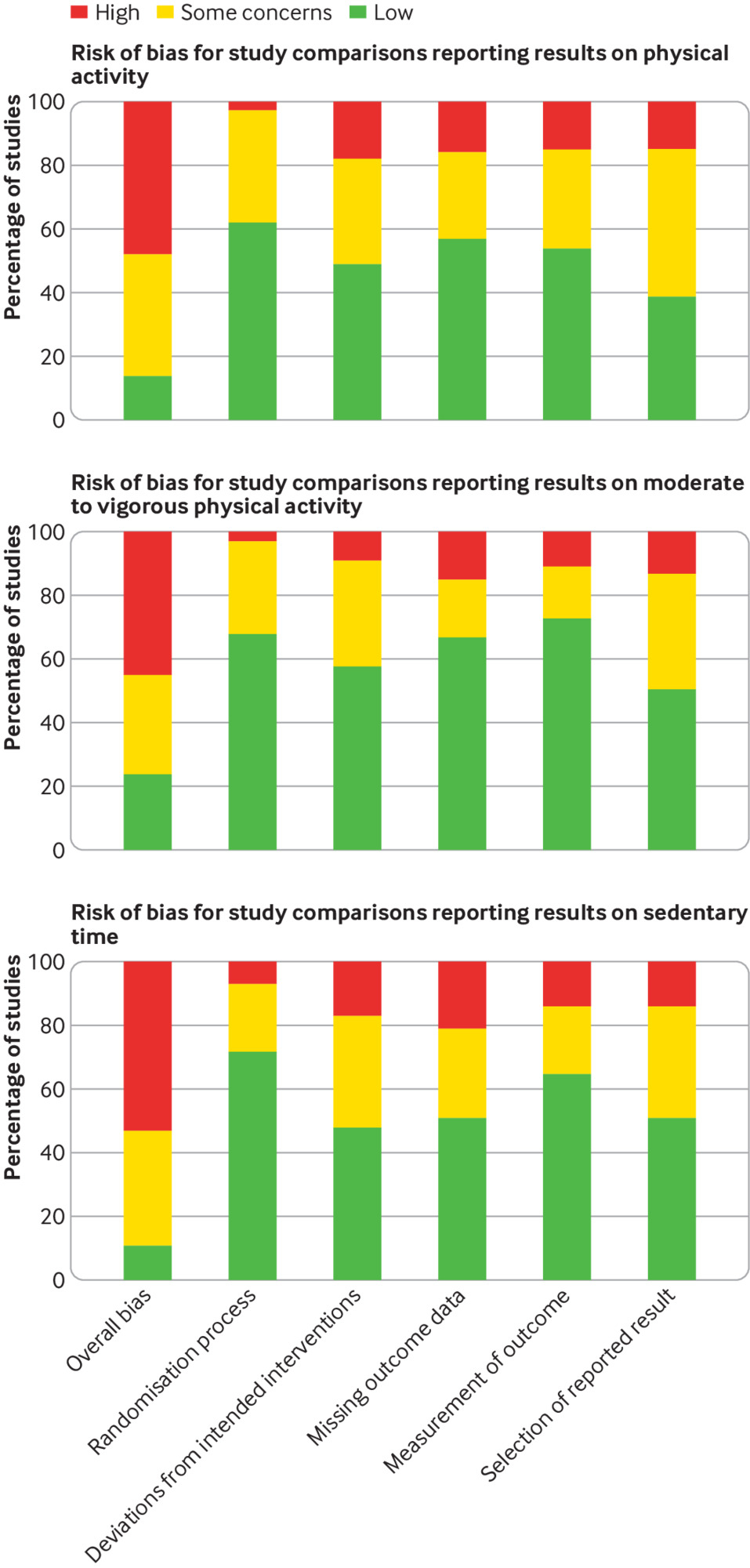Alcohol consumption is one of the lifestyle habits that contributes to chronic liver disease. One of the leading causes of liver damage, known as alcohol-related liver disease, is alcohol consumption (ARLD). Years of alcohol abuse can cause the liver to become inflamed and swollen. This damage can also result in scarring, which is known as cirrhosis, the final stage of liver disease.
The liver is a powerful organ that performs numerous complex functions for the body’s normal operation. On the same subject : First likely case of monkey pox in Cook County reported in Forest Park, health officials say. It is a vital body organ without which a person cannot survive; thus, it is critical to keep it healthy and happy through a holistic approach.
Alcohol consumption is one of the lifestyle habits that contributes to chronic liver disease. One of the leading causes of liver damage, known as alcohol-related liver disease, is alcohol consumption (ARLD). Years of alcohol abuse can cause the liver to become inflamed and swollen. This damage can also result in scarring, which is known as cirrhosis, the final stage of liver disease.
Therefore, it is crucial to be aware of the quantity and how often one drinks alcohol to determine whether our drinking has caused any harm and to what extent.
According to Drinkaware, alcohol-related fatty liver disease develops in 90 percent of people who consume more than 40g of alcohol, or four units, per day. According to the organization, it is roughly the equivalent of two medium (175ml) glasses of 12 percent ABV (Alcohol by volume) wine or less than two pints of regular strength (4 percent ABV) beer.
One of our liver’s functions is to degrade potentially toxic substances like alcohol. When we drink, various enzymes in our liver work to break down alcohol and help it leave our bodies. However, drinking more than our liver can handle can cause liver damage. This manifests itself initially as increased fat in our liver, but it can eventually lead to inflammation and scar tissue accumulation.
Although the liver can regenerate itself, some liver cells die each time it filters alcohol. The liver can regenerate new cells, but chronic alcohol abuse can reduce its ability to regenerate over time. This can cause severe and permanent liver damage. Reducing the amount to zero can help reverse the damage and lower the risk of disease progression.
Aside from excessive alcohol consumption, being overweight or obese, and having a pre-existing liver condition, such as hepatitis C, are all risk factors for developing ARLD. Women appear to be more vulnerable to the harmful effects of alcohol than men. Alcoholism and problems processing alcohol frequently run in families, so genetics is also important.
ARLD usually does not cause symptoms until the liver has been severely damaged. As a result, it is recommended that preventive screening tests for liver damage be included in routine health check-ups, particularly for those who consume alcohol on a regular basis. Standard screening tests include a complete blood count (CBC), a liver function test that includes a liver enzyme test, an abdominal computed tomography (CT) scan, an abdominal ultrasound, and a liver biopsy.
If symptoms are present or at a later stage, they may include liver swelling, which can cause discomfort in the upper right side of our abdomen. ARLD symptoms include fatigue, unexplained weight loss, loss of appetite, nausea, and vomiting. Yellowing of the eyes and skin may also occur, as well as ankle swelling. A damaged liver can also cause confusion, drowsiness, and blood in our vomit or stools.
(Dr. Amrita Singh, Chief of Lab Services (Delhi), Neuberg Diagnostics)
Experience Your Economic Times Newspaper, The Digital Way!
(Catch all the Business News, Breaking News Events and Latest News Updates on The Economic Times.)


